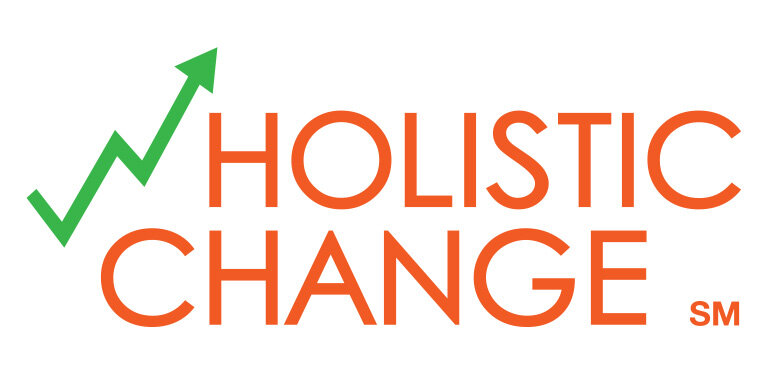What Happens When You Don't Involve Employees in Change
From our personal experiences, unsuccessful attempts at implementing corporate change are characterized by one or more of the following:
- A small group decides on the change needed, without a broader understanding of the impact of the change on the people who will be affected by it.
- Communication is done through limited communications to a small audience, though additional resources who are also impacted by the change are not included in the distribution. These resources find out months later when they go to perform an activity that they do perhaps monthly or quarterly, and are informed they have done it “wrong” and their actions are denied or delayed for periods of time.
- There is no clear organizational understanding of the continuous improvement process, or how or when feedback will be implemented if the change is not working. This closed feedback loop is especially important if the change group did not understand the ripple effect of the change they have implemented. The impacted resources need a mechanism to explain the impact and participate in redesigning the change to ensure business continuity and no disruption to their customers.
- No or limited training is offered to ensure consistent application of the change, to support practitioners in modifying their behavior. If the change involves a process redesign, and resources are not given the proper training to implement the change on a day to day basis, the change will not happen. Instead, resources will find a workaround to do the bare minimum to appear to comply.
- In organizations lacking consistent process, governance, or communication mechanisms, the change agents need to solve for these gaps, in addition to the scope of the change itself, to ensure successful adoption across the enterprise. Without addressing the process, governance and/or communications, the change will fail due to lack of establishment as part of how the company does business (even if the change itself was a good idea).
- No or limited engagement of Human Resources (HR) in the impact of the change to peoples’ roles and responsibilities. The role of Human Resources is to help hire and train workers to ensure the best results for the corporation. If HR is not involved in the process, they either may not understand the changes needed in the employees (to help drive the change), and / or may continue to hire resources for how the company used to do business, and not how it needs to do business in the future.
- Lack of executive sponsorship. No matter how obvious the need to change is, we guarantee that you will encounter resistance. When the change starts to roll out, there must be an executive sponsor who will stand up in front of the organization and who will champion, explain, and drive the need for change. This sponsor must be willing to stand firm when middle level management (who are most affected by the change) escalate to the executive all of the reasons why they cannot possibly adopt this change, at this time.
In all cases, the above approaches to implementing change made us feel as if the changes were being done to us, as opposed to with us and for the betterment of our company and our customers.

